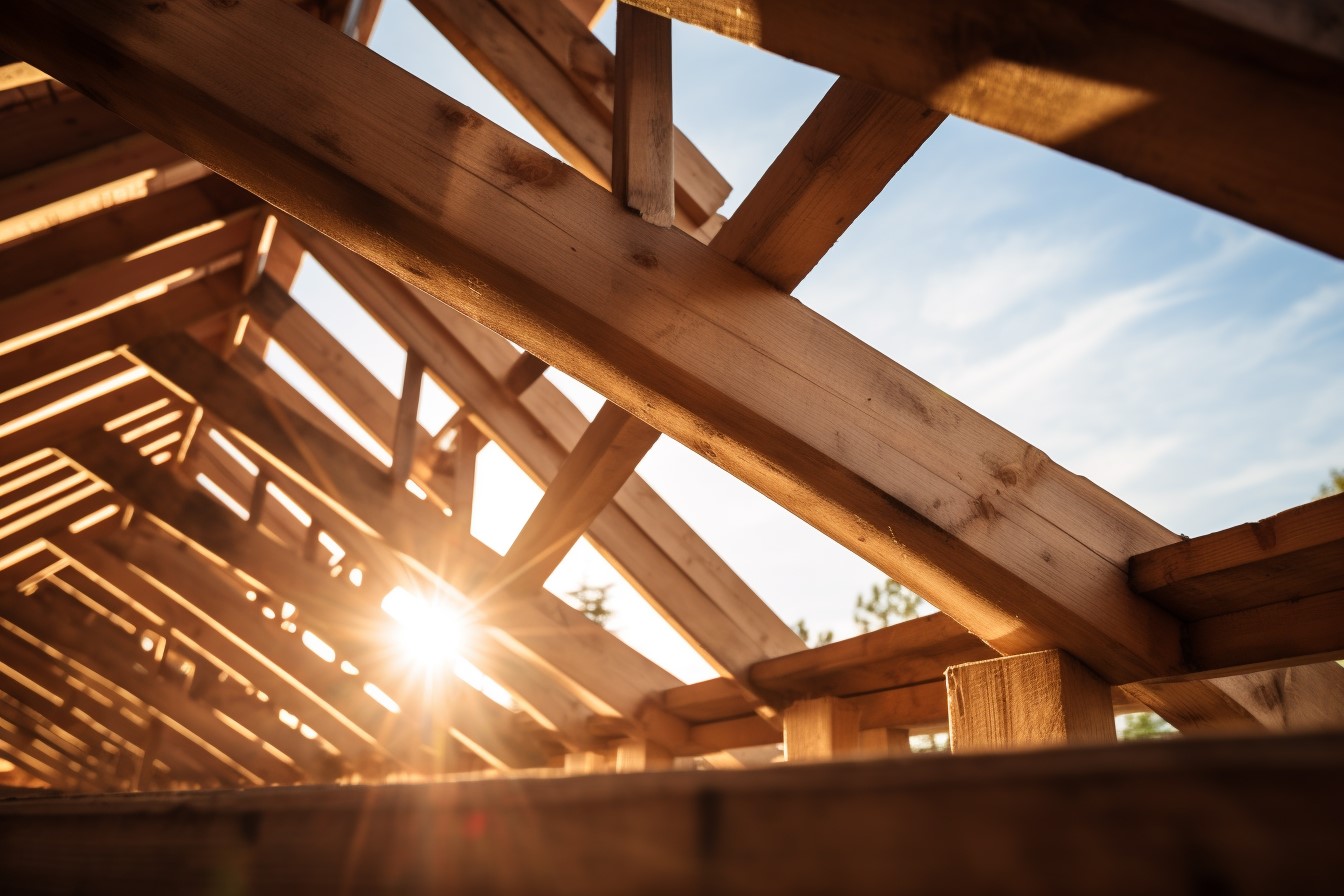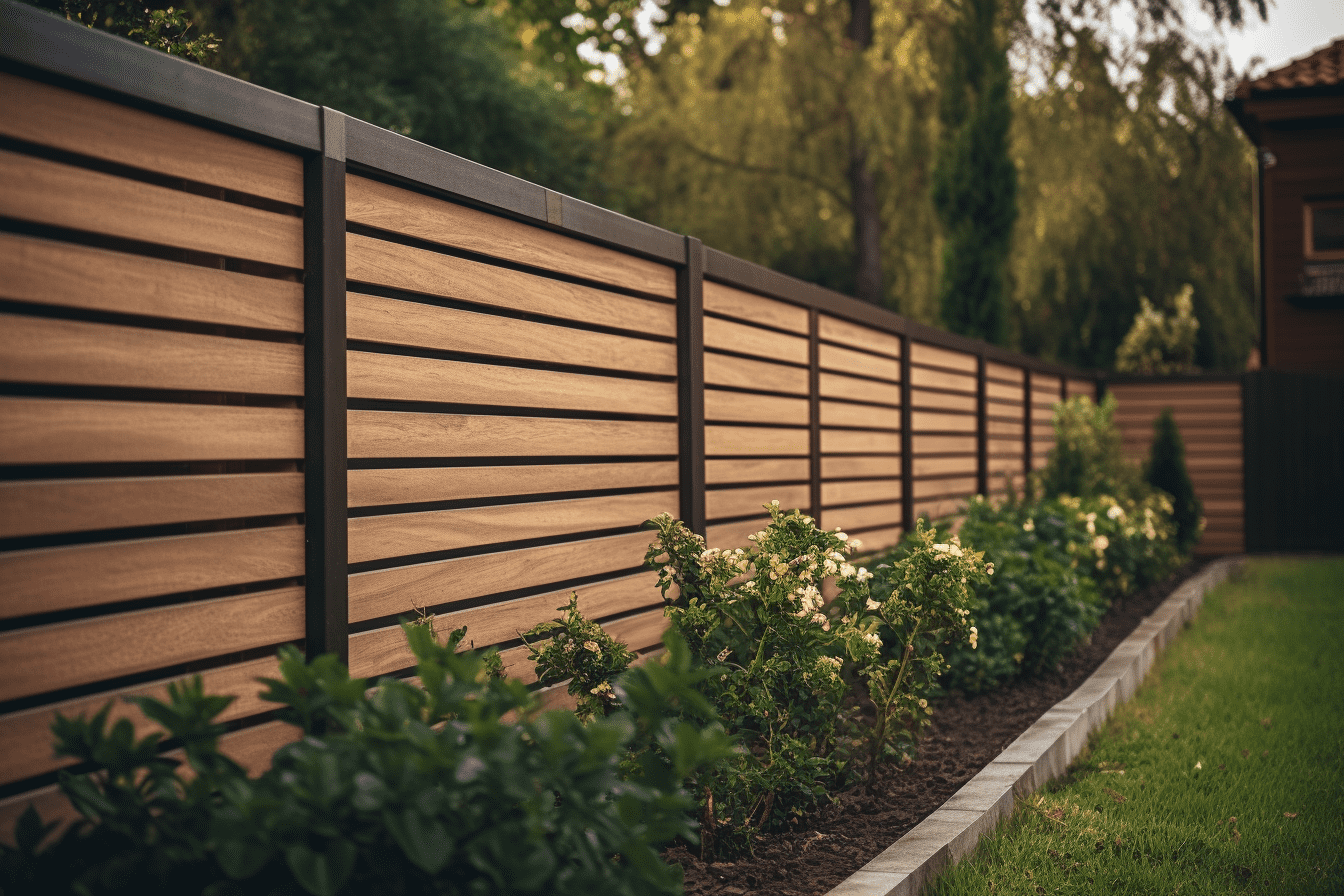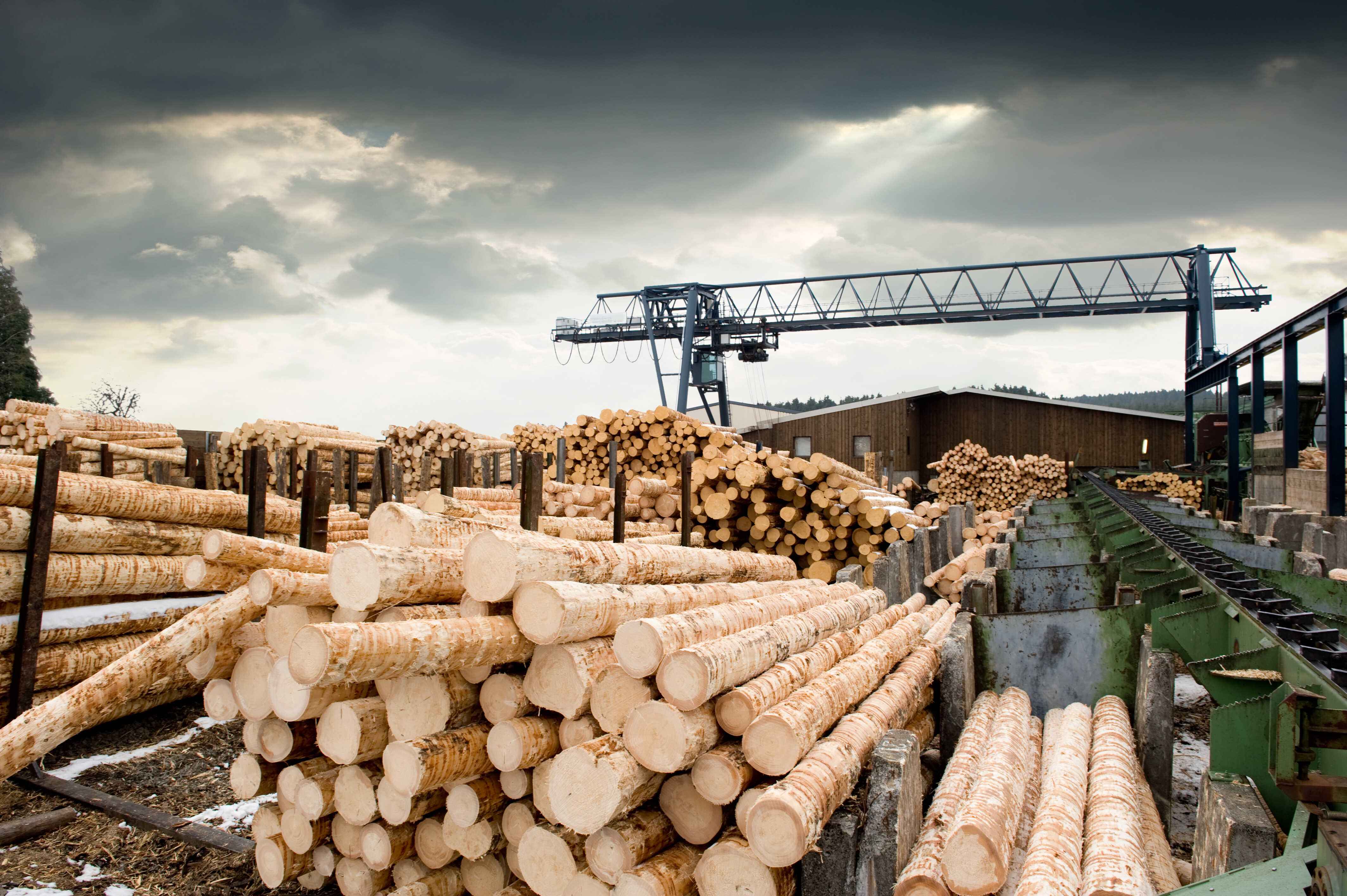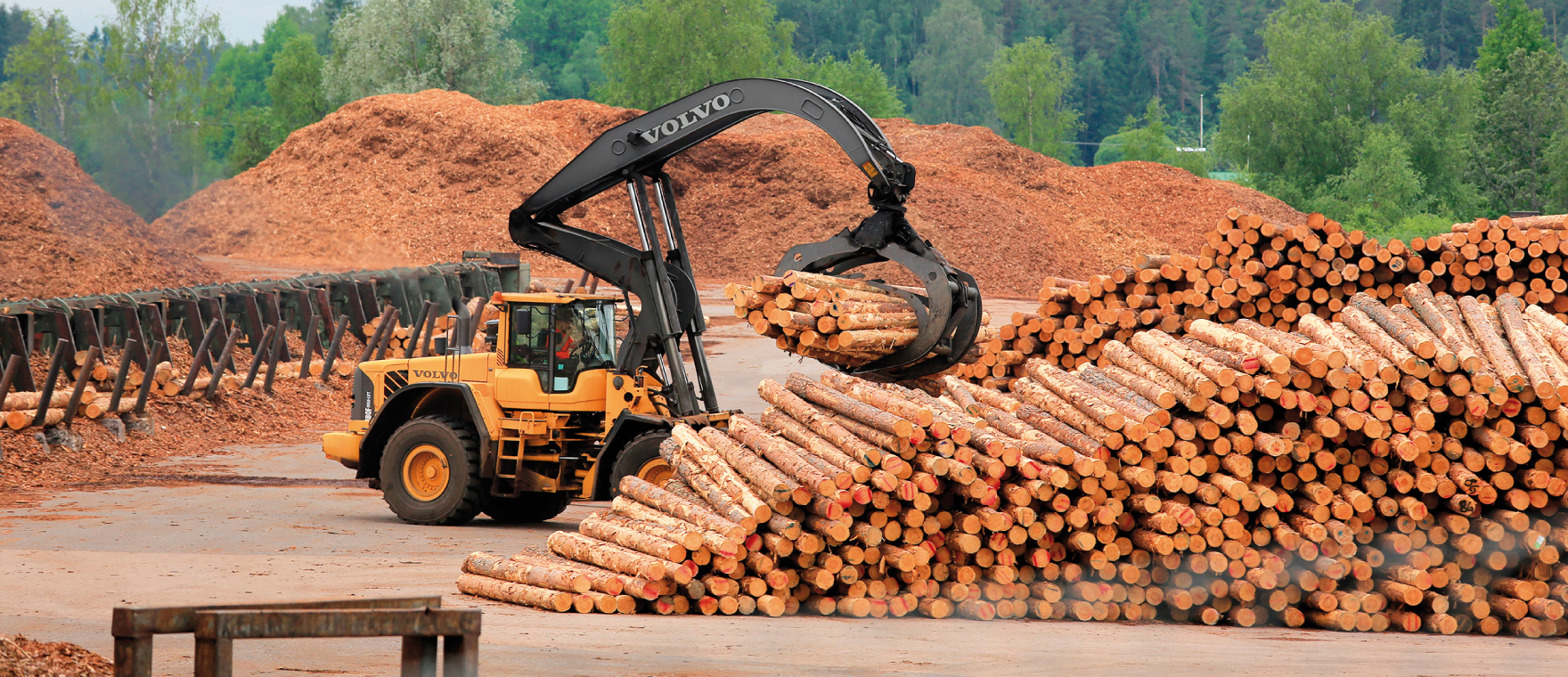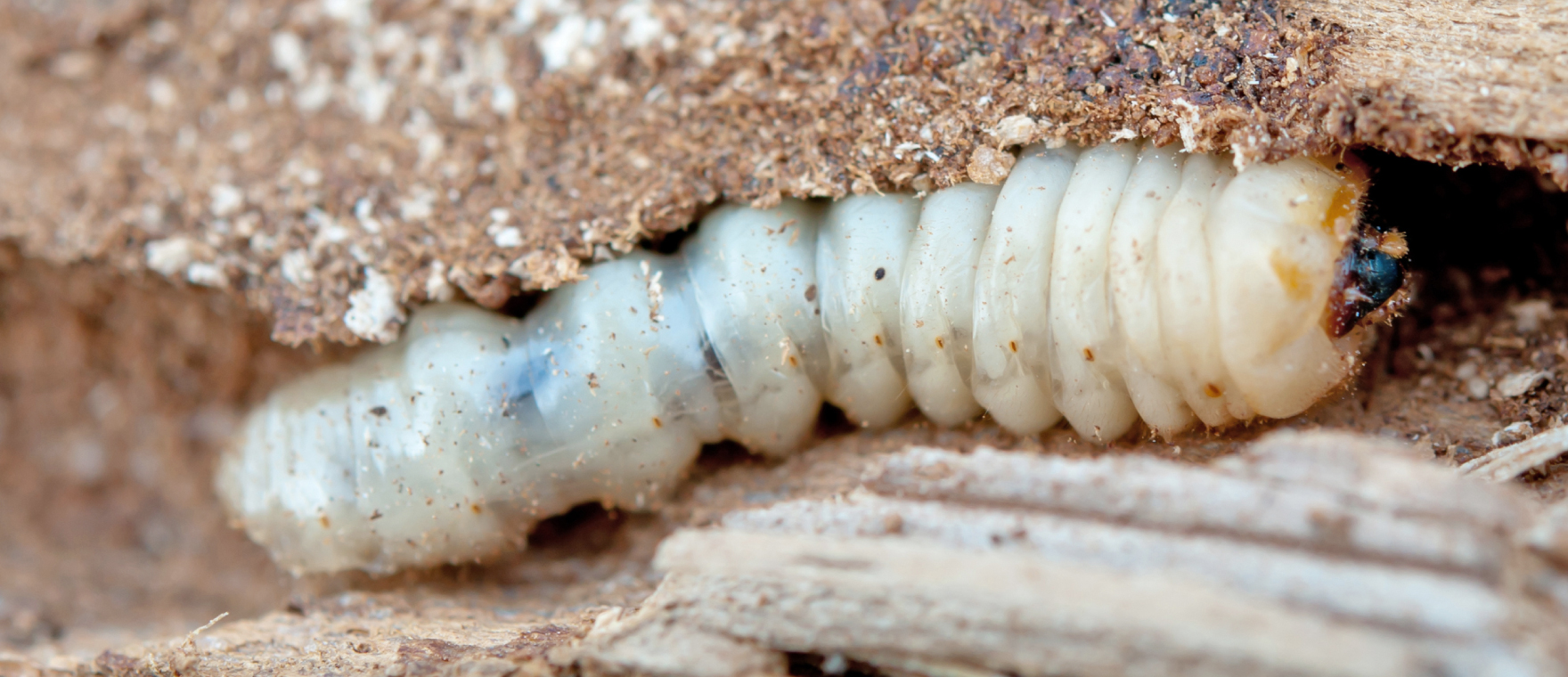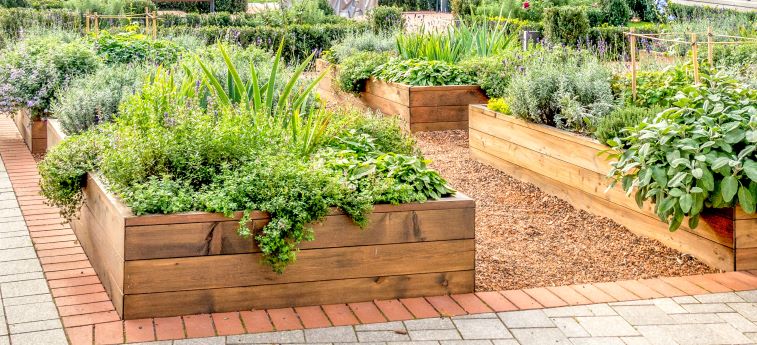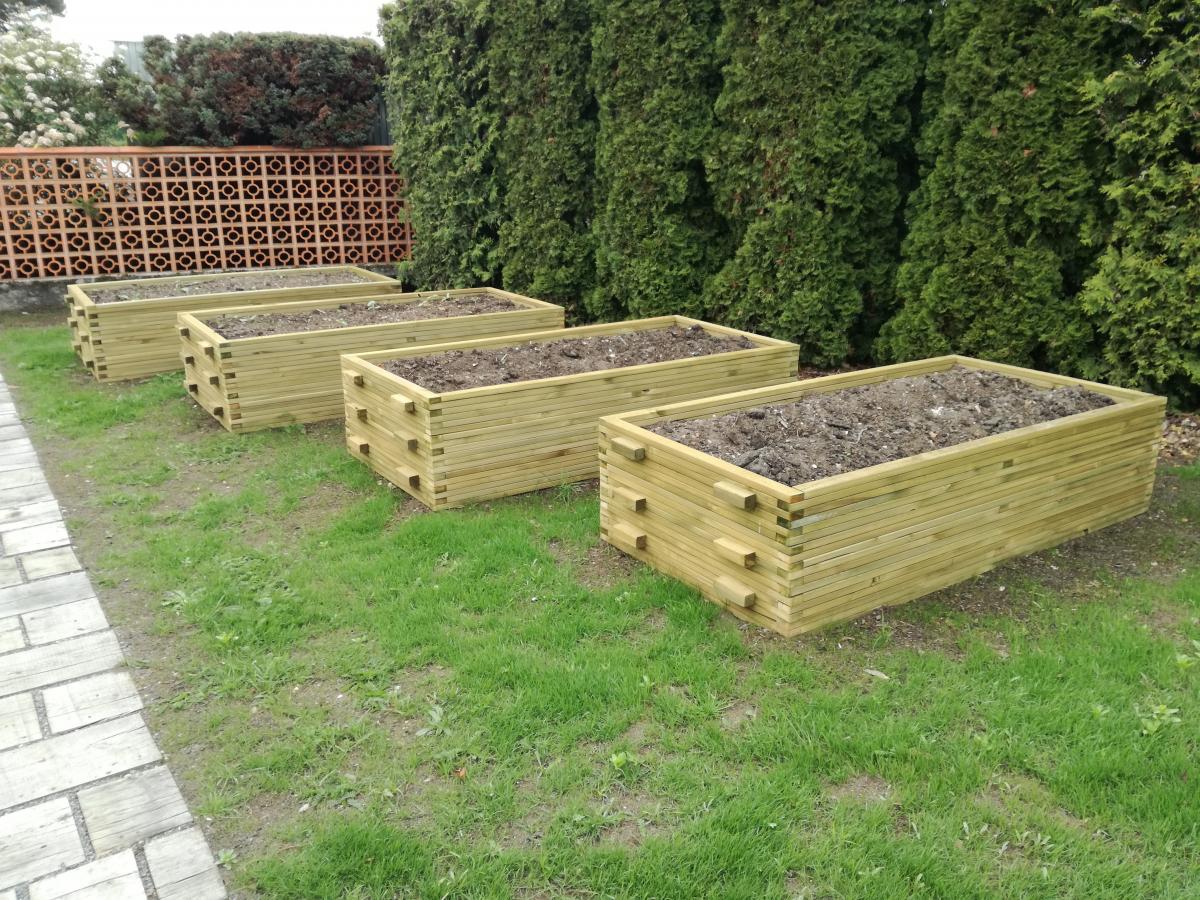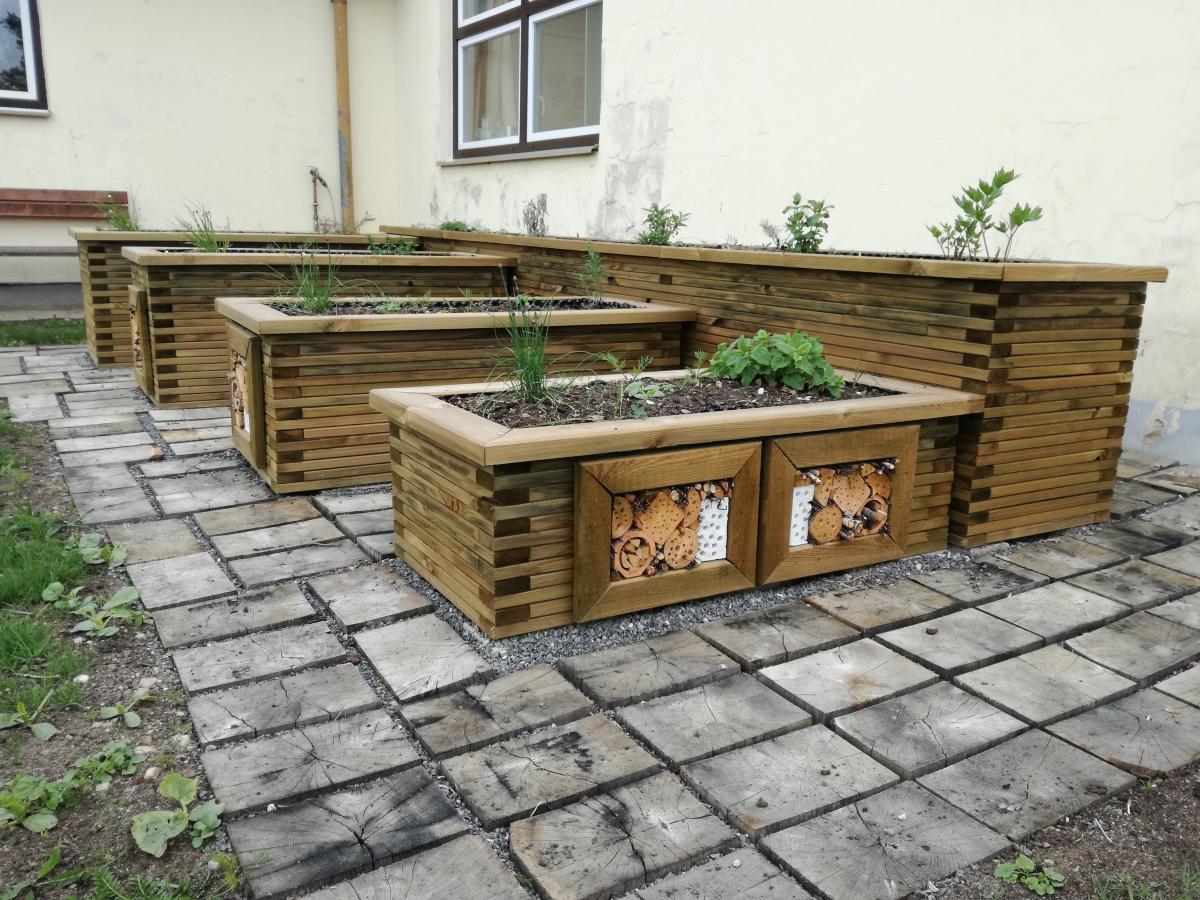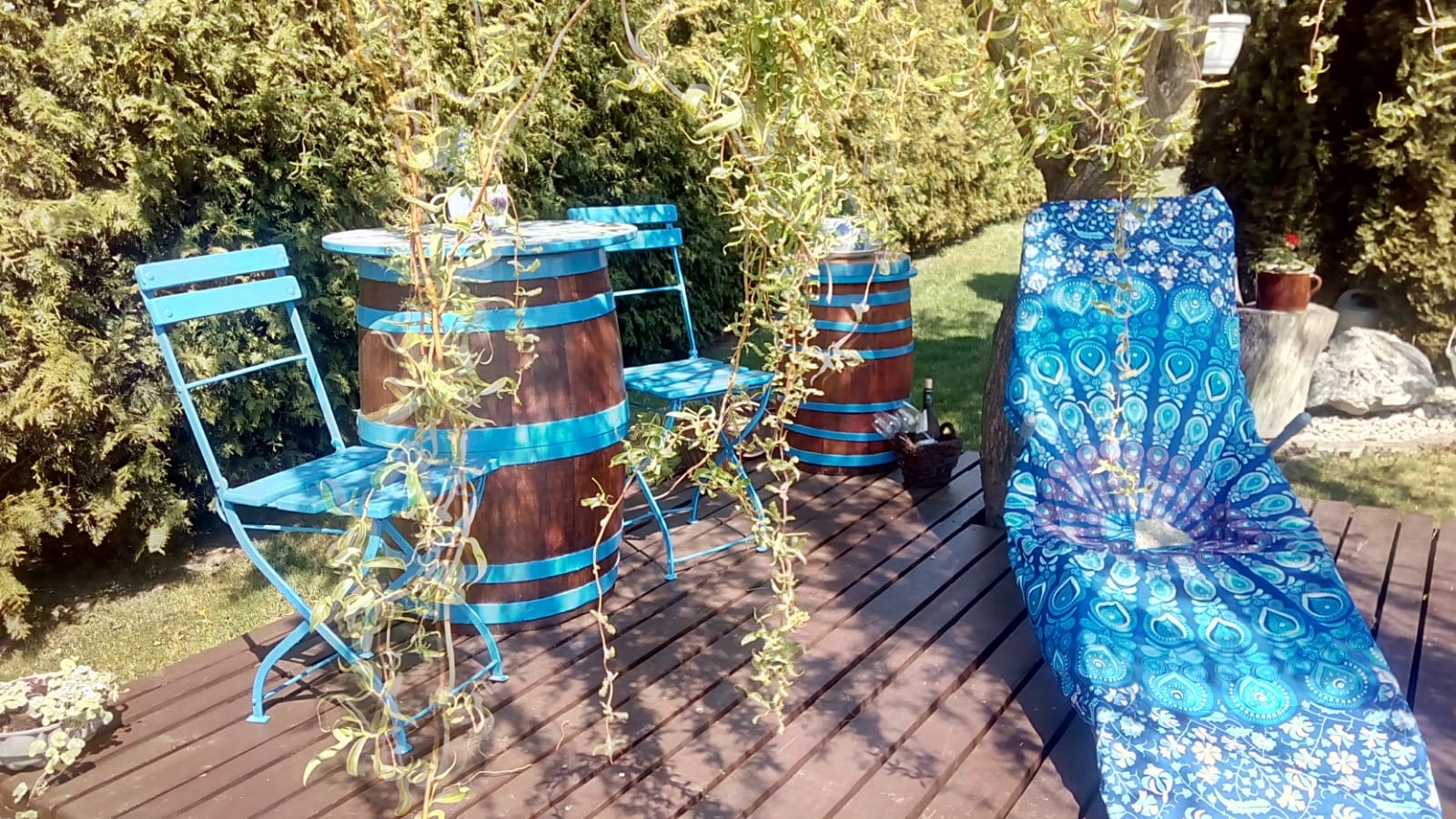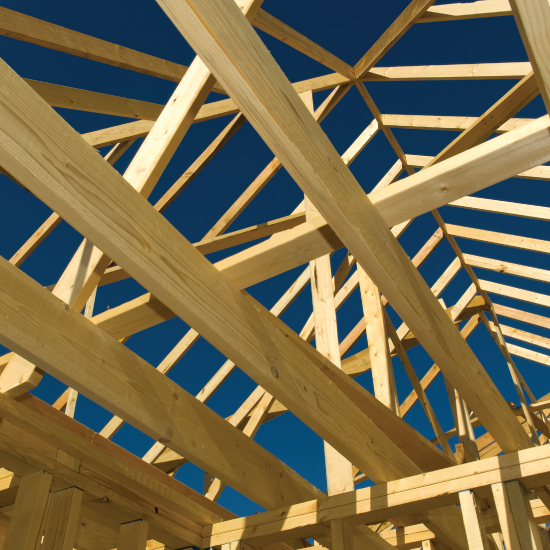Not everyone is lucky enough to have a patch of land suitable for gardening. And when you do have it, the soil might not be the best for it. Or you might have a bad back. One solution is an elevated flowerbed. When set up with care, this can also add an interesting design feature to your garden.
Elevated flower beds are most often rectangular in shape. To be able to access the plants being grown, flowerbeds should be no wider than 130 cm and should be around 60-80 cm in height. You can make it from a range of materials. If you choose wood, you should use either planks, or peeled or unpeeled logs. You can let your inspiration guide you or choose to buy it directly, for instance from Dřevovýroba Václav Vaněk s.r.o., a company based in Soběslav.
However, wood is a living organism and remains so even after we turn it into a flowerbed. Moisture (rain) and consequent cracking can make wood vulnerable to infestation by wood-decaying insects and other microorganisms, such as wood-decaying fungi, brown rot and blue fungus. Naturally, wood that is in direct contact with the soil and its inhabiting organisms is most vulnerable.
For the flowerbed to serve you well for as long as possible, we would urge you to extend its life by employing appropriate preventative impregnation techniques. The most effective impregnation method for wood in direct contact with soil is vacuum pressure impregnation. In the Czech Republic, for instance, this is performed by Impregnace Soběslav s.r.o., which, as well as using Bochemit Forte Profi on its stake walls, also applies this product when producing raised flowerbeds. Once treated, timber is colourfast without an oily or greasy appearance, it is stench-free, and retains no peelable film on its surface. Bochemit Forte Profi makes wood virtually unleachable. Nevertheless, when using impregnated wood for gardening purposes, the soil should not be in direct contact with the treated wood. We therefore recommend creating an impermeable barrier between the soil and the wood, such as by using polyethylene foil.
Then, all that remains is for you to fill the flowerbed - you can use gardening residues from shrubs and trees, leaves, cut grass, parts of harvested plants, commercial substrate and compost. This gives you a flowerbed with a large volume of nutrients, particularly during the first year, well-suited to demanding vegetables such as cherries, celery, leeks, zucchini, cucumbers, pumpkins, tomatoes and even potatoes.
All that’s left is for us to wish you happy gardening and a happy harvest!

